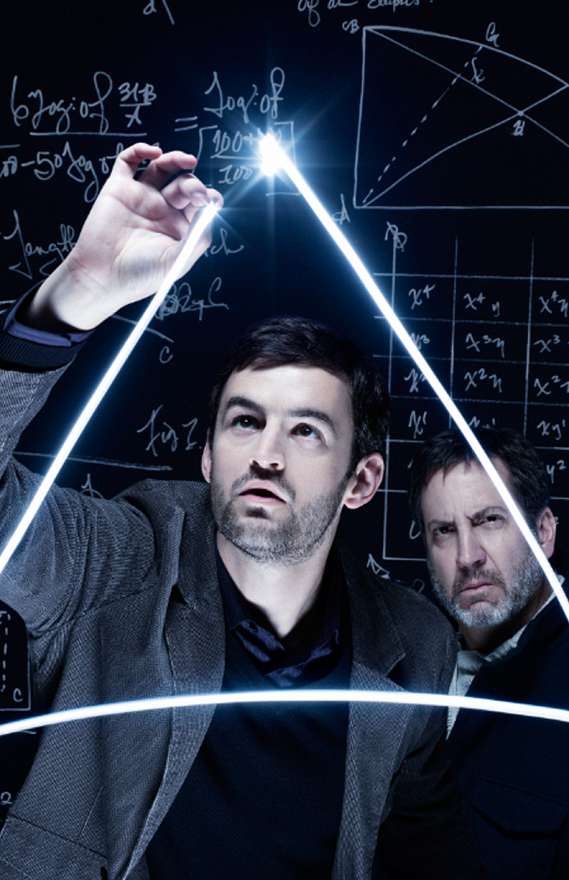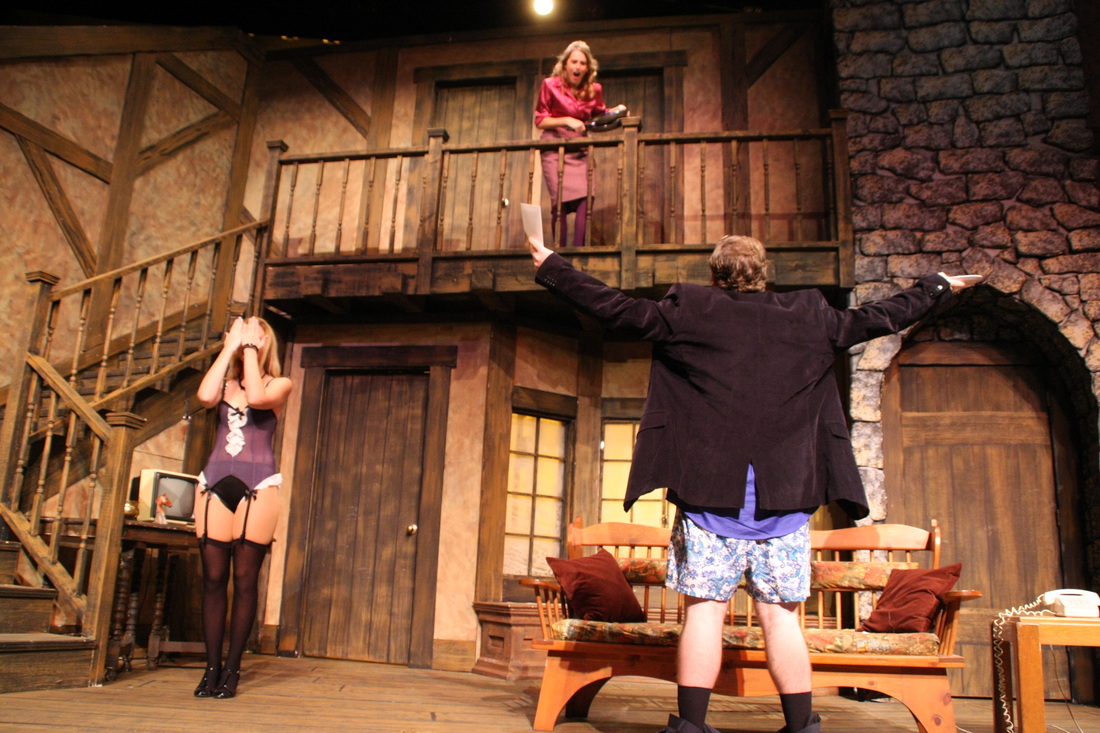With Halloween just around the corner, I decided to read a play about ghost stories. Conor McPherson’s The Weir asks us to question how much truth there really is in the seemingly impossible things that we try to write off, to explain away--and whether they’re what we ought to be the most afraid of.
It’s a simple story: a bunch of guys are hanging out in a bar with a woman who’s just moved in, welcoming her to the neighborhood, which is in very rural Ireland. She’s young, pretty, and from Dublin, and they really enjoy having her there. They tell her about the area and get on to the subject of something a little bit strange, a little bit frightening, that happened a long time ago in her new house, and one scary story leads to another. A mysterious knocking in the night; a girl going crazy, tormented by a vision; a man wandering around a graveyard who seems a lot the person who’s supposed to be inside one of the coffins. The men become afraid that they have upset Valerie with her story, but she says that they haven’t--that, in fact, she has a story she’d like to share. And hers, more than any of the others, is a truly chilling, heartbreaking, and inexplicable tale.
Valerie’s story isn’t the last, though--it’s followed by another story, a completely realistic, non-supernatural story, about a man who was once in love and is now alone. In it’s own way, it’s just as frightening. Because all of the fear that McPherson creates draws from one source--isolation.
All of the stories are frightening because, at the end of the day, they’re all about being alone, and how uncertain, hopeless, and lost that makes you feel. There’s an author’s note at the beginning of the play about his visits as a boy to see his grandfather, who lived alone out in the countryside. He writes,
“I remember him telling me once it was very important to have the radio on because it gave him the illusion of company. We’d have a drink and sit at the fire. And he’d tell me stories. And then when you’re lying in bed in the pitch-black silence of the Irish countryside it’s easy for the imagination to run riot. I always felt different there. I can still see him standing on a platform at the station. He always waved for much too long. Much longer than a person who was glad to have their privacy back.” And that, I think pretty much sums up what this play is about. When you’re on your own, it’s easy to believe in a lot of things. And whether it’s because of hidden demons or simple, ordinary mistakes, being alone is terrifying.
Now, this play isn’t just fear and sadness--a lot of it is very funny, though I suspect it would be a lot funnier if I could understand more of it. It’s full of Irish vernacular, much of which goes right over my head. For example, it took me a few minutes to figure out what this exchange was about:
FINBAR: How d’yous do today, boys?
JACK: Are you codding me? With this fella? Eleven to four we got her at. Came down to six to four.
FINBAR: Sheer Delight, was it?
JACK: Yeah. Kenny down in the shop, the knacker. Adjusting everything how this fella’s betting.
I finally realized that they were talking about horses. A lot of the play sounds like that, and many things are even tougher to decode. I still don’t know what a lot of things meant, like when one character said, “That fella’d peel a banana in his pocket.” But I’ve seen McPherson performed, and this language isn’t confusing to the audience--if the actor knows what it means, the audience will too. On the contrary, it pulls you into the world of the play, making it feel very vivid and real. It’s really kind of beautiful--even when they’re just cursing and making fun of each other, it’s so rich and full of life. I can only imagine what effect this has on the scary stories; just reading them is enough to send a shiver down your spine. I bet they’re bloodcurdling onstage.
The other really intriguing thing about this play to me is the title. I've seen two productions of Conor McPherson plays (both of which were fantastic), Port Authority and The Seafarer (which won a Jeff Award). The titles of both of those are pretty mysterious to me--neither is mentioned within the play, and they aren't related to the events in either of the plays--at least, not in a way that's easily apparent. But here, a characters says, "The weir, the river, the weir, em is to regulate the water for generating power for the area and for Carrick as well." That has to have a deeper meaning. What is it? I have no clue. But if you have any ideas, I'd love to hear them.
--CMcC




